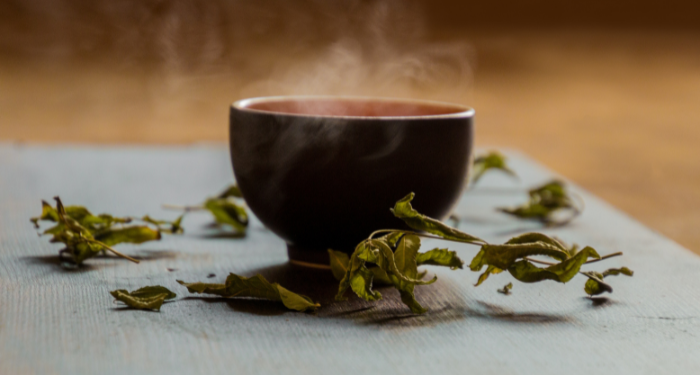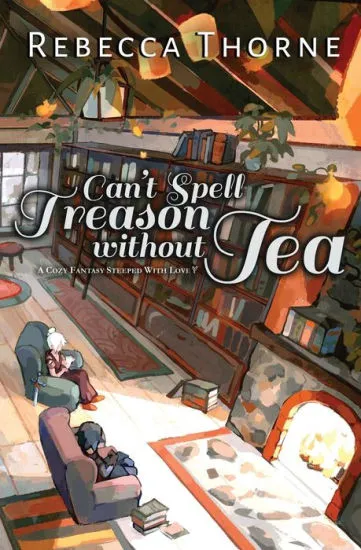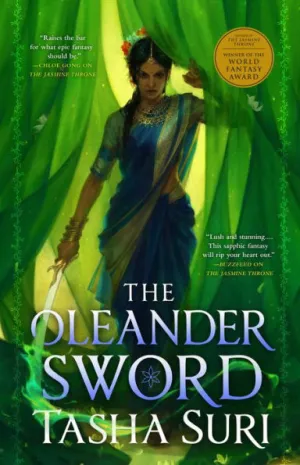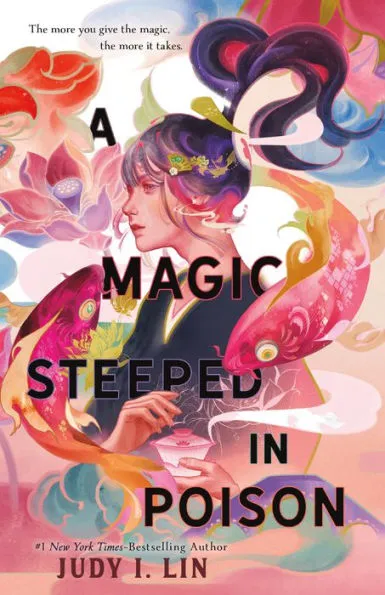
This content contains affiliate links. When you buy through these links, we may earn an affiliate commission.
R. Nassor is interested in myth, performance, and pop culture. After embarking on a double major in English and Psychology and a Dance minor at GWU, she graduated with a BA in 2019. She soon began to work in Washington D.C. experiencing the life of a DMV young professional. She has many side projects, some of which include ceramics, dance, and the hunt for the perfect tea.
R. Nassor is interested in myth, performance, and pop culture. After embarking on a double major in English and Psychology and a Dance minor at GWU, she graduated with a BA in 2019. She soon began to work in Washington D.C. experiencing the life of a DMV young professional. She has many side projects, some of which include ceramics, dance, and the hunt for the perfect tea.
R. Nassor is interested in myth, performance, and pop culture. After embarking on a double major in English and Psychology and a Dance minor at GWU, she graduated with a BA in 2019. She soon began to work in Washington D.C. experiencing the life of a DMV young professional. She has many side projects, some of which include ceramics, dance, and the hunt for the perfect tea.
R. Nassor is interested in myth, performance, and pop culture. After embarking on a double major in English and Psychology and a Dance minor at GWU, she graduated with a BA in 2019. She soon began to work in Washington D.C. experiencing the life of a DMV young professional. She has many side projects, some of which include ceramics, dance, and the hunt for the perfect tea.
R. Nassor is interested in myth, performance, and pop culture. After embarking on a double major in English and Psychology and a Dance minor at GWU, she graduated with a BA in 2019. She soon began to work in Washington D.C. experiencing the life of a DMV young professional. She has many side projects, some of which include ceramics, dance, and the hunt for the perfect tea.
R. Nassor is interested in myth, performance, and pop culture. After embarking on a double major in English and Psychology and a Dance minor at GWU, she graduated with a BA in 2019. She soon began to work in Washington D.C. experiencing the life of a DMV young professional. She has many side projects, some of which include ceramics, dance, and the hunt for the perfect tea.
R. Nassor is interested in myth, performance, and pop culture. After embarking on a double major in English and Psychology and a Dance minor at GWU, she graduated with a BA in 2019. She soon began to work in Washington D.C. experiencing the life of a DMV young professional. She has many side projects, some of which include ceramics, dance, and the hunt for the perfect tea.
R. Nassor is interested in myth, performance, and pop culture. After embarking on a double major in English and Psychology and a Dance minor at GWU, she graduated with a BA in 2019. She soon began to work in Washington D.C. experiencing the life of a DMV young professional. She has many side projects, some of which include ceramics, dance, and the hunt for the perfect tea.
R. Nassor is interested in myth, performance, and pop culture. After embarking on a double major in English and Psychology and a Dance minor at GWU, she graduated with a BA in 2019. She soon began to work in Washington D.C. experiencing the life of a DMV young professional. She has many side projects, some of which include ceramics, dance, and the hunt for the perfect tea.
R. Nassor is interested in myth, performance, and pop culture. After embarking on a double major in English and Psychology and a Dance minor at GWU, she graduated with a BA in 2019. She soon began to work in Washington D.C. experiencing the life of a DMV young professional. She has many side projects, some of which include ceramics, dance, and the hunt for the perfect tea.
R. Nassor is interested in myth, performance, and pop culture. After embarking on a double major in English and Psychology and a Dance minor at GWU, she graduated with a BA in 2019. She soon began to work in Washington D.C. experiencing the life of a DMV young professional. She has many side projects, some of which include ceramics, dance, and the hunt for the perfect tea.
The role of tea in fantasy novels is as multifaceted and complex as the drink itself. Tea can serve as a source of comfort. Tea can give characters a chance to discuss important topics. In the worst situations, tea can hide poison or a magical threat. Any way you pour it, tea is many fantasy books’ drink of choice, so I think it’s time we start the conversation.
In fantasy worlds, many authors use tea as a warm drink that readers accept into the world. Steeping Camellia sinensis leaves in water makes the beverage we know as tea. With tea’s long history, it is no surprise that the leaf variety, processing, and preparation change from place to place. The history of the drink also has sociopolitical implications that have literally impacted the well-being of multiple nations. For All the Tea in China: Espionage, Empire and the Secret Formula for the World’s Favourite Drink by Sarah Rose offers up one such international incident when a Scottish industrial spy stole tea from China in the 1800s for the East India Company. This single moment in history is just one of the many times when the creation and distribution of tea was marred by betrayal and greed.
What Makes Tea a Fantasy Beverage?
Because tea is so common in daily life, its appearance often doesn’t take readers out of a fantasy world. Although few books go into the in-world reason why the drink exists, it’s rare to see a complaint that the existence of tea in the fantasy world is a problem. Although beverages like coffee are seen as anachronistic to many fantasy worlds, tea is never brought up in the same conversations.
I think tea manages to break past this mental barrier for most readers because drinking tea serves many vital functions in fantasy settings. Tea is, as the famous scene from Avatar the Last Air Bender explains it, “Hot leaf juice.” Although the existence of tea required centuries of cultivation and processing practices, the existence of the drink is so ubiquitous it is seen as an enviable development in society.
Spilling the Tea in Fantasy
It helps that tea-drinking scenes are often vital to the plot, world, and character development of fantasy books. As a non-alcoholic beverage, it can be served when characters need to remain alert and aware of their surroundings. Because tea can be served hot or iced, it is a drink that can provide refreshment at any temperature. Tea has multiple flavors and aromas that can pull characters into flashbacks. Everything from the existence of specific blends of teas to a character’s favorite kind of tea to the circumstances in which tea is served tells readers about the kind of fantasy book they are reading. Let me tell you, there is real variation across the genre.
Swords & Spaceships Newsletter
Sign up to Swords & Spaceships to receive news and recommendations from the world of science fiction and fantasy.
Thank you for signing up! Keep an eye on your inbox.
By signing up you agree to our terms of use
It’s Comfor-Tea-ble
Let’s take cozy fantasy as a starting point. In Can’t Spell Treason Without Tea: A Cozy Fantasy Steeped with Love by Rebecca Thorne the queen’s guard leaves her job and opens a bookstore that serves tea with her girlfriend, who is an all-powerful mage.
Here, tea is both part of their dreams and a tool of comfort. Reyna “fantasized about lounging in a quiet, no-name town, sipping a cup of tea by the fire while Kianth flipped aimlessly through a heavy tome. It was a distant dream, but one that left a warm glow deep in her soul” (Thorne). Warm tea offers a comforting respite from her old job. In this case, tea is a nice break from the world. It’s a step back from daily life. Tea is comfort in a mug.
Getting Poli-TEA-cal
Now, tea in The Oleander Sword by Tasha Suri is anything but cozy. Book two in the sapphic south-Asian-inspired high fantasy series unpacks the dangers of imperial rule and zealotry. After escaping captivity, Princess Malini attempts to dethrone her brother, Emperor Chandra, while her magically powerful love interest, Priya, co-leads a rebellion. In Malini’s military campaign, she has to work with allies who are wary of her right to rule.
Tea is a part of upper-class political discussion in Suri’s world. Malini describes, “The most senior—and loyal—of Parijatdvipa’s highborn joined her for the evening meal. Wine was brought out in carafes of beaten metal, and tea for those who did not imbibe: small cups, rich in milk and sugar and cardamom” (Suri). The richly prepared tea here appeases the highborn people she is working with. Throughout the book, the preparation of tea accompanies discussions over military maps and other political machinations. Here, tea is not a comfort but a tool.
Deadly Reali-Tea
There are other fantasy books where tea is just a delivery method for poison or a deadly curse. Like any other flavored drink in fantasy, tea is a target for poison. In the young adult fantasy book, A Magic Steeped in Poison Judy I. Lin, poisoned tea is the inciting incident of the story. Ning accidentally brews poisonous tea that kills her mother and sickens her sister. To save her sister’s life, she joins a magical tea-making competition.
Tea is a magic craft that has decidedly deadly consequences when done poorly. “Trained shénnóng-shī are proficient at the basics, of course—the flavors appropriate for different occasions, the correct shape and make of a cup to match the tea being served. But the true wielders of Shénnóng magic have their unique specialties.” In this world, they can change emotions, energy, or encourage memories. Here, tea holds the key to life and death.
So, Why Do We Drink Tea in Fantasy?
Making a cup of tea serves a purpose in fantasy novels. Why and how characters are drinking tea tells readers about the kind of world they are in. Tea can accompany the same intense emotions and complicated circumstances as the real world. Ultimately, every fantasy writer who includes the drink must decide: Is tea a comfort, a tool, or a threat?




